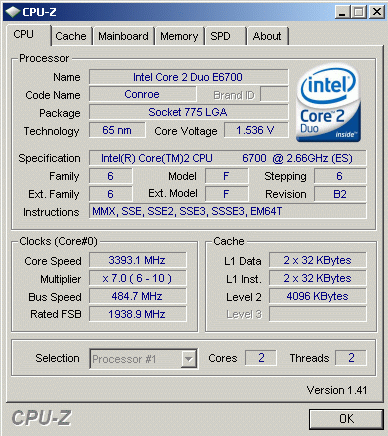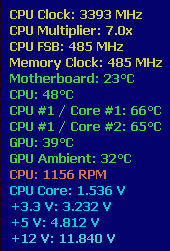Index
Page 6 of 11
BIOS:
Biostar uses a Phoenix-Award BIOS, with limited capabilities.
You can set the most important functions, but some settings are not available because it's more a value board than a high-end board. We had no problems with overclocking in the BIOS. The auto-overclocking settings are moderate with up to 30%, which should satisfy inexperienced users.
Hardcore overclockers will always try to get more. The DRAM options are troublesome, because you can only set frequencies of 533MHz, 667MHz and 800MHz. When you overclock the FSB you need to calculate the resulting frequency yourself. The board had no trouble running with 1000MHz but we did not try more.
A nice feature is the built in memtest+ which checks your memory with lots of test. We have to state that we always do recalculate the bench results to nominal frequencies. Most vendors do an overclock of their products, maybe to get more bench-points, but we nullify such attempts. The TP35D2-A7 is mostly underclocked or right on target:
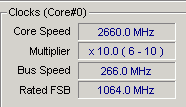
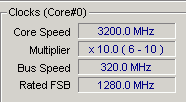
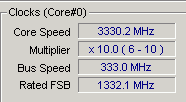
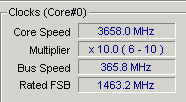
Overclock:
Surprisingly, we reached a 485MHz FSB without trouble, but the heatsink got extremely hot. As mentioned before, when you plan to use high FSBs you need to buy a new Northbridge cooler because the mainboard may suffer from too much heat. As expected, the 3-phase VRM design is hindering overclocking. While we could boot up with 3666MHz and run lame-benches, the board always crashed with Gordian Knot.
This may be a combination of inadequate cooling of the Northbridge and increased heat of the CPU, but even with additional cooling we could not keep the board stable. While benching we noticed that the board is slower than other boards around. The BIOS is overprotective with auto-settings, so you may use Memset 3.3 or 3.4 beta3 to increase performance.
